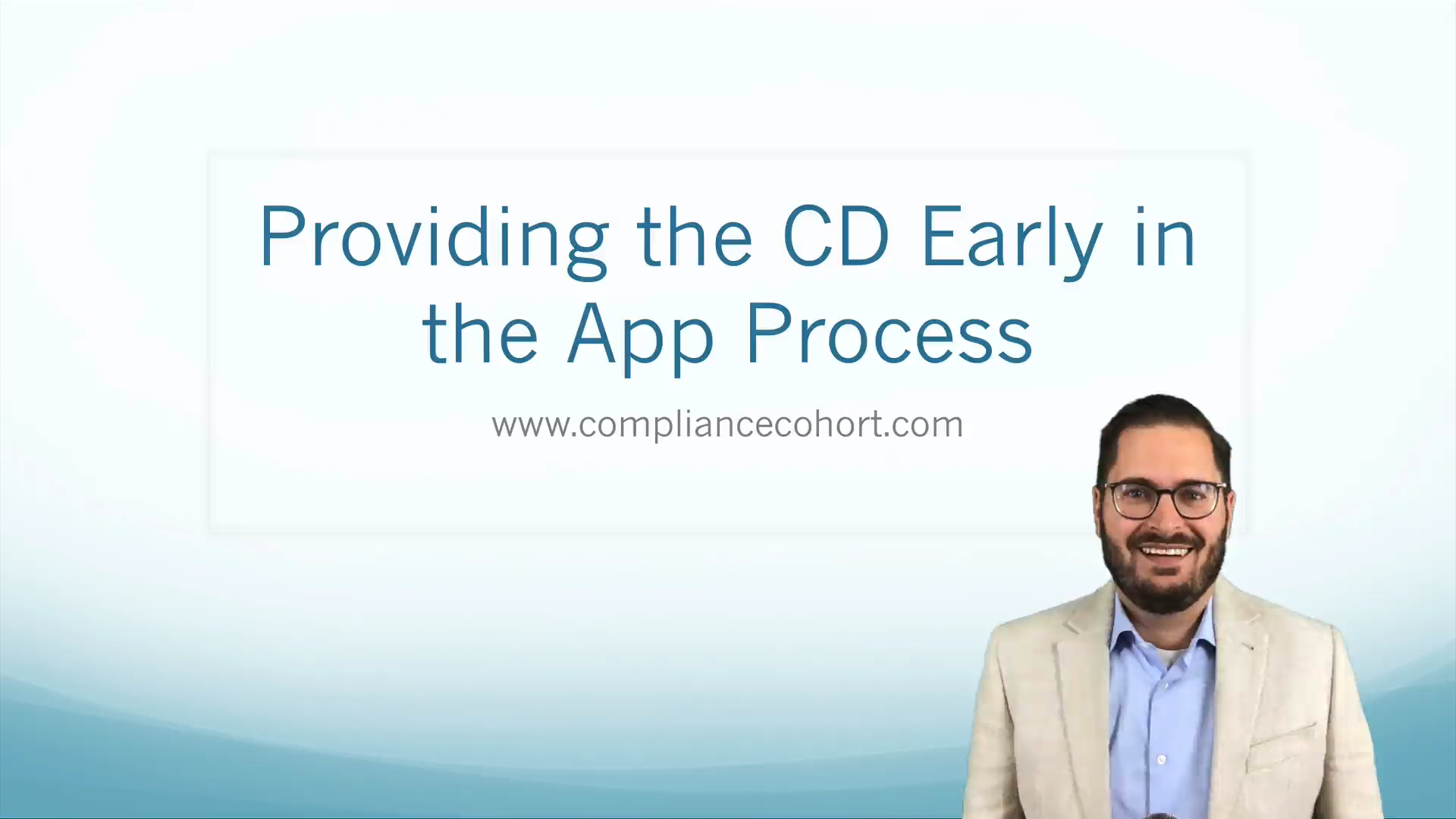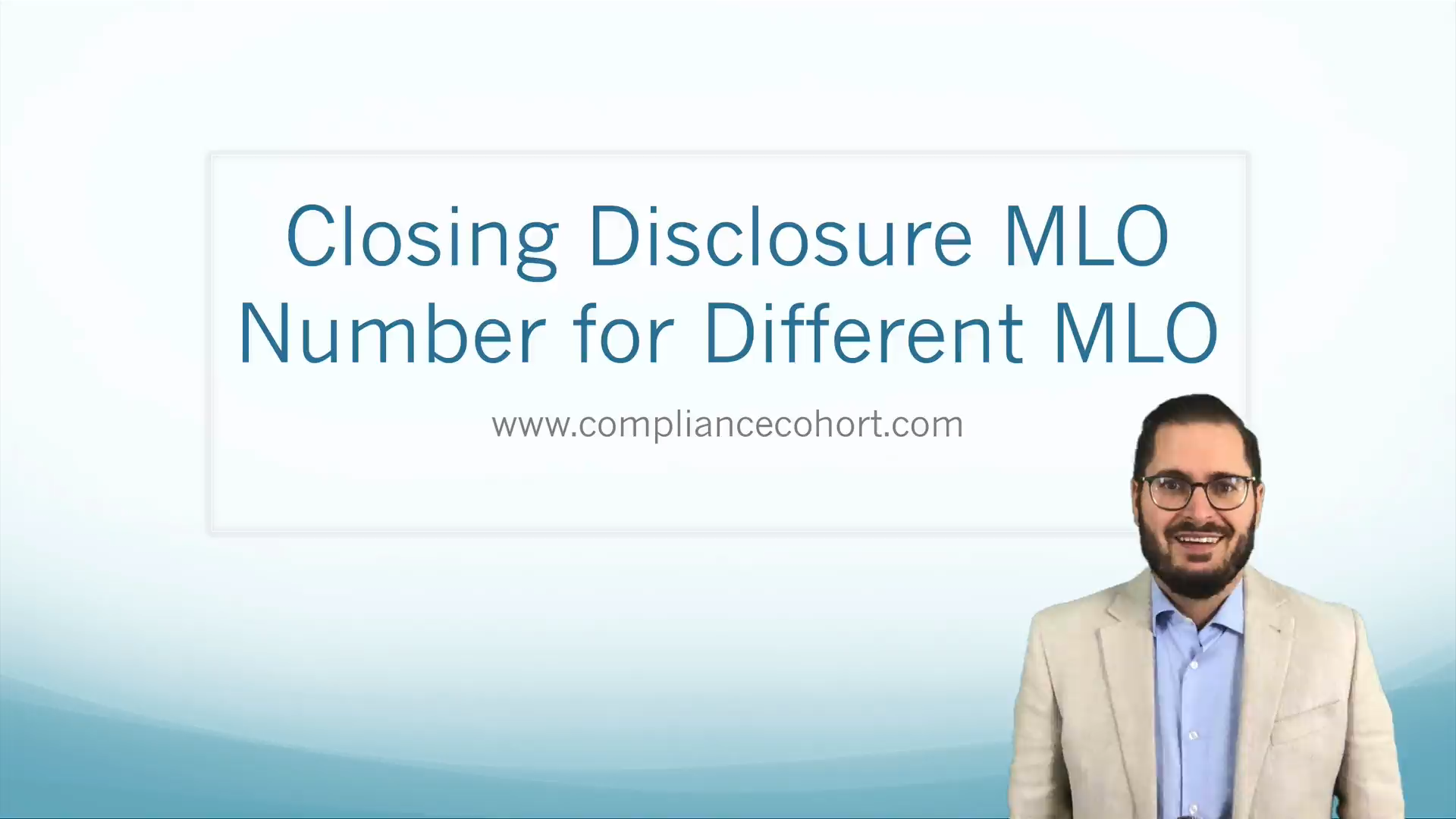In this Compliance Clip (video), Adam answers the question of whether a financial institution can require a customer to sign and return an LE or CD. This topic is actually based off a new TRID FAQ that was released last quarter, and will be included in our upcoming Quarterly Compliance Update.
Welcome to the Compliance Cohort. We are a group of compliance professionals working to make compliance easier. Our goal is to take complex compliance concepts and put them in simple terms that apply to the real world. We are glad you have found us and look forward to collaborating in the future.
If you haven't done so already, make sure you sign up for our free membership where you get access to many member-only videos, articles, and other resources.



